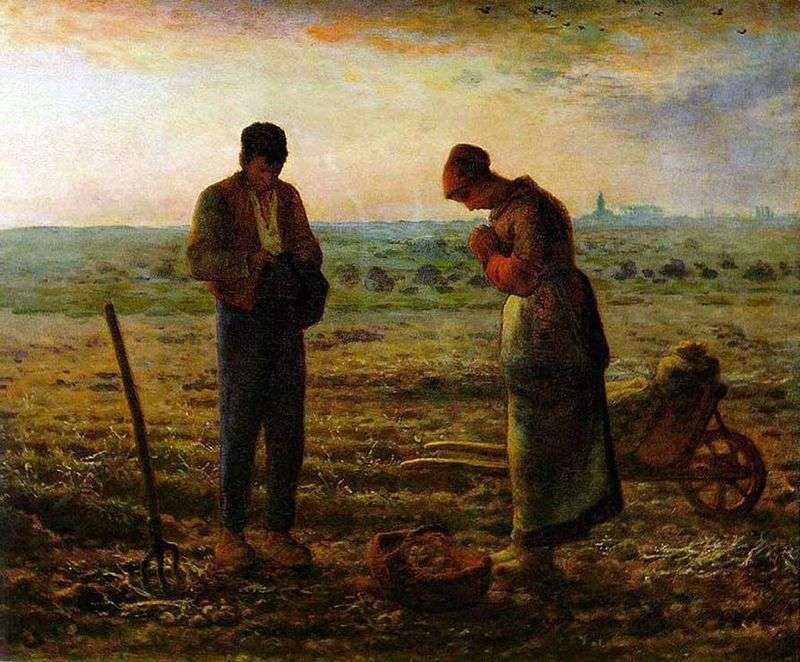
The artist liked to draw a nascent evening. This desire is clearly seen in the painting “Angelius”: the last rays of the setting sun warm the figures of the peasant and his wife, who quit their work for a minute at the sounds of the evening evangelism.
A soft palette includes softly balanced reddish brown, gray, blue, blue and violet shades. Dark figures with bowed heads reinforce the overall epic sound. “Anzhelyus” is not just an evening prayer, it is also a prayer for all the dead, for all who worked and died on this earth.
No less monolithic figure, derived in the picture “The Sower”, struck visitors to the Salon of 1851. As in other works by Millet, in the figure dominating the endless expanse of fields, there was a generalization of eternal combat and the connection of man with the earth, which is brought to the highest character by the author.
It was from the appearance of this picture before the public that all Millet’s works began to be perceived as a public event. Both in content and composition, and in the color scheme “The Sower” is the most characteristic picture for the artist’s entire work and one of the most tragic heroes of Millet, embodying the image of a spontaneous social protest on the verge of an explosion.
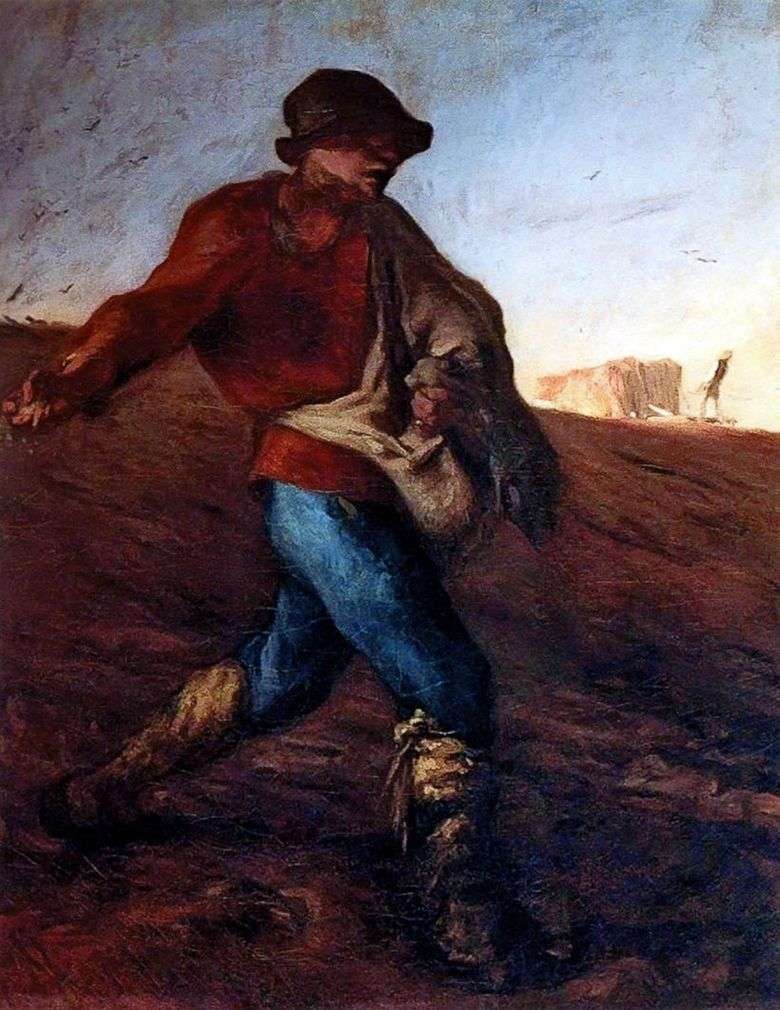 The Sower by Jean Francois Millet
The Sower by Jean Francois Millet Spring by Jean Francois Millet
Spring by Jean Francois Millet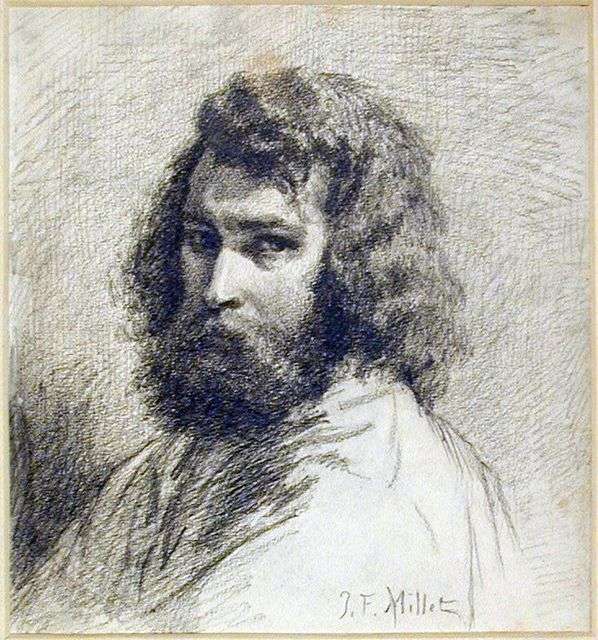 Self Portrait by Jean Francois Millet
Self Portrait by Jean Francois Millet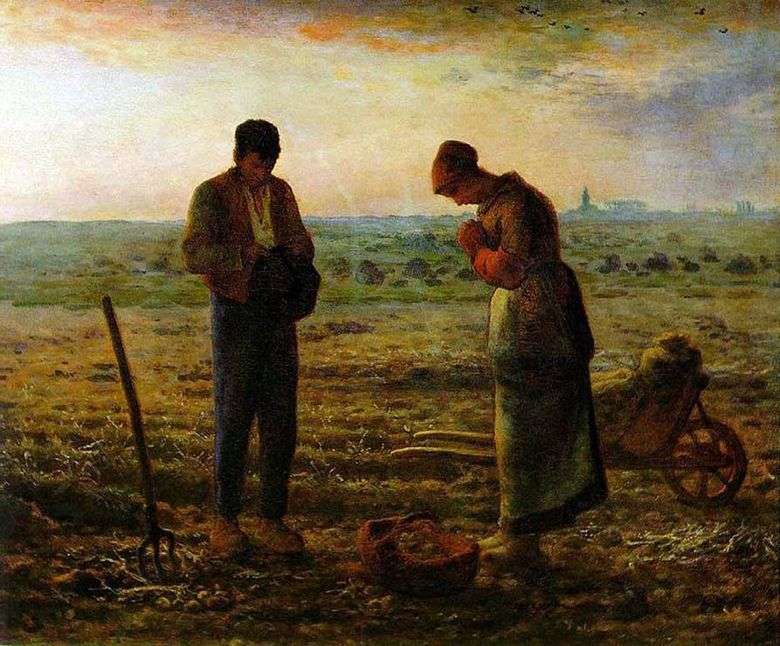 Angelyus (Oración de la tarde) – Jean-Francois Millet
Angelyus (Oración de la tarde) – Jean-Francois Millet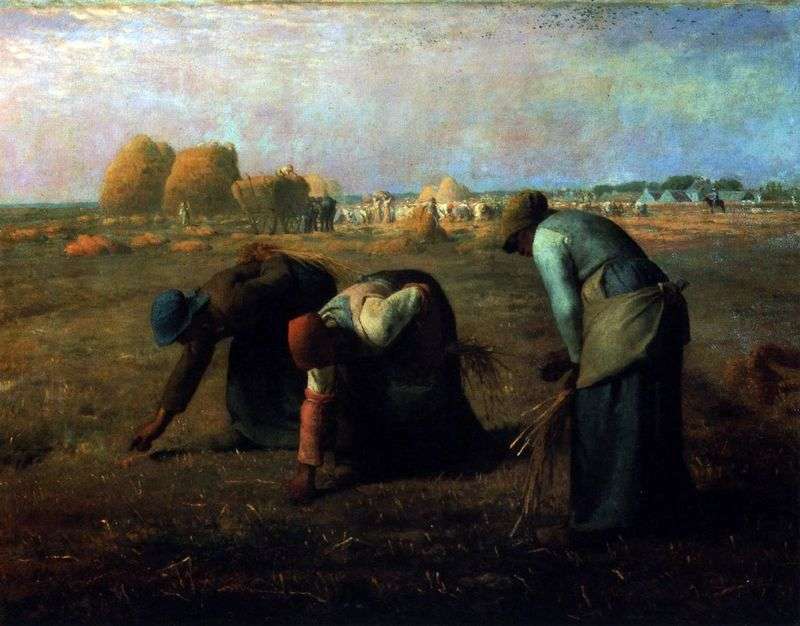 Collector of ears of corn by Jean-Francois Millet
Collector of ears of corn by Jean-Francois Millet Peasant Woman with Brushwood by Jean-Francois Millet
Peasant Woman with Brushwood by Jean-Francois Millet The Gleaners by Jean-Francois Millet
The Gleaners by Jean-Francois Millet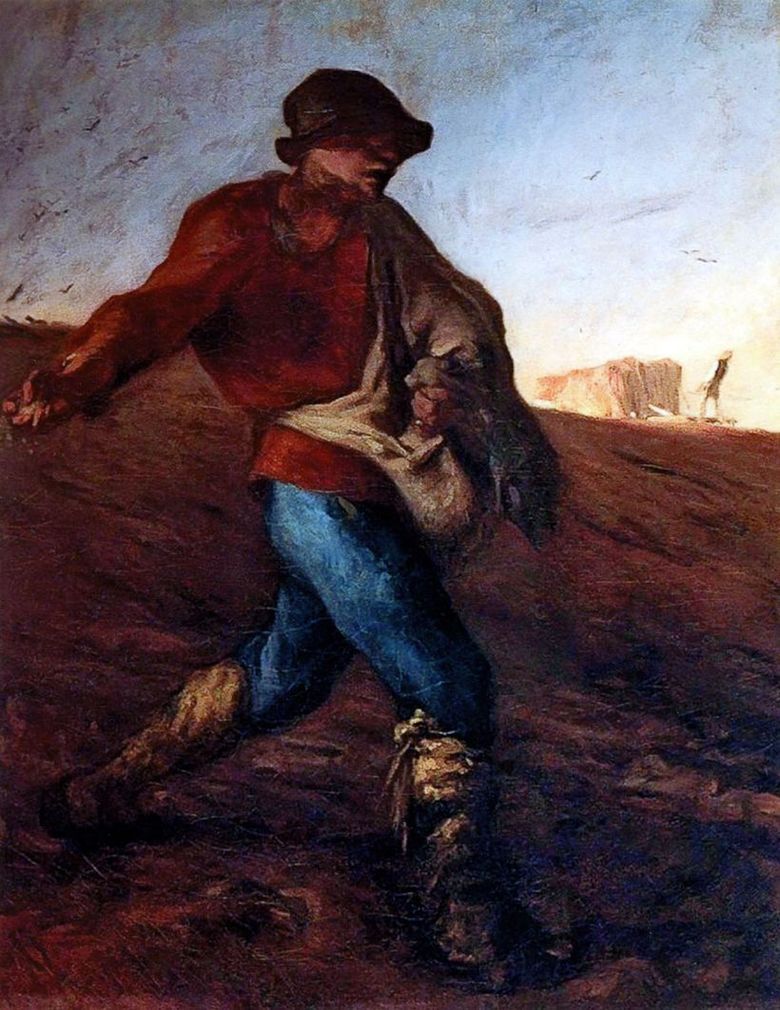 Le semeur – Jean Francois Millet
Le semeur – Jean Francois Millet